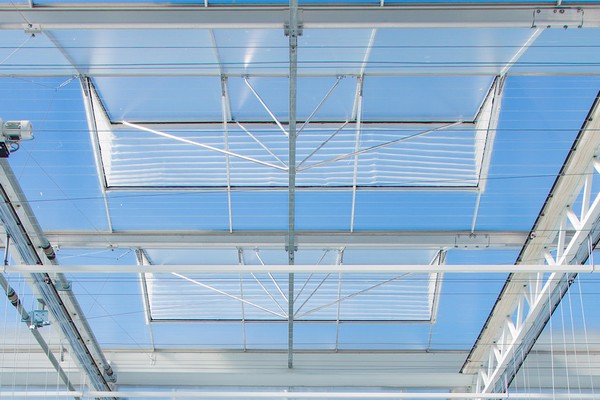Vertical farming, an innovative method of growing crops in vertically stacked layers within controlled environments, is gaining global attention. By leveraging technologies like hydroponics, aeroponics, and LED lighting, vertical farms maximize resource efficiency, reduce environmental impact, and provide year-round crop production. Here are 10 transformative uses of vertical farming, proving its pivotal role in sustainable agriculture.
1. Year-Round Production of Leafy Greens
Vertical farming ensures uninterrupted production of leafy greens, irrespective of external weather conditions. With hydroponic and LED systems, these farms maximize yields while reducing water use by up to 90%. Additionally, being located near urban centers reduces the carbon footprint linked to transporting perishable crops.
2. Specialty Crop Production
From herbs to exotic fruits, vertical farms provide ideal conditions for growing high-value specialty crops. Controlled environments allow precise adjustments to lighting, temperature, and nutrients, ensuring premium quality while minimizing resource usage. This adaptability meets rising consumer demand for fresh and diverse produce.
3. Supporting Agricultural R&D
Vertical farms serve as controlled labs for agricultural research. Scientists can manipulate growth conditions to develop disease-resistant varieties, improve yields, or enhance flavor profiles. This approach accelerates crop improvement cycles, addressing global food security concerns faster.
4. Urban Food Production
With 56% of the global population living in urban areas, vertical farming is bridging the gap between cities and food sources. By repurposing unused urban spaces, these farms reduce dependency on distant agricultural regions, providing fresh produce while slashing transportation-related emissions.
5. Pesticide-Free Cultivation
Operating in closed systems, vertical farms eliminate the need for chemical pesticides. Advanced techniques like aeroponics and hydroponics reduce exposure to pests, ensuring cleaner, healthier produce. This aligns with the growing consumer demand for organic and sustainable food options.
6. Fresh Ingredients for Processed Foods
Vertical farms supply fresh herbs, greens, and microgreens for the processed food industry. Their proximity to urban centers guarantees freshness while reducing transportation costs. This integration supports the development of healthier, more sustainable processed food products.
7. Sustainable Herb Cultivation
Herb farming is a significant component of vertical agriculture. With controlled environments, farms produce high-quality herbs year-round, requiring less water and land. Urban farms further reduce transportation emissions, providing fresher, more sustainable options to consumers.
8. Reducing Food Miles and Improving Freshness
Vertical farms close the distance between farm and table. By growing food in urban environments, these farms reduce “food miles,” leading to fresher produce and lower carbon footprints. Consumers benefit from nutrient-rich crops harvested at peak ripeness.
9. Water-Efficient Farming
Water scarcity is a pressing global issue, and vertical farming offers a solution. Using hydroponics and aeroponics, these systems use up to 90% less water than traditional agriculture. Closed-loop recycling systems further enhance water efficiency, making vertical farming a sustainable choice for arid regions.
10. Energy-Efficient Food Production
Modern vertical farms integrate LED lighting and climate control systems to minimize energy consumption. Many also incorporate renewable energy sources like solar power. This energy-efficient model reduces greenhouse gas emissions and supports the production of local, sustainable food.
Vertical farming is revolutionizing food production by making it more resource-efficient, environmentally friendly, and adaptable to urban and rural landscapes. While challenges like high setup costs and energy consumption remain, ongoing advancements in technology promise to address these hurdles. As a versatile tool in the fight against food insecurity, vertical farming is poised to play a crucial role in the future of agriculture.













